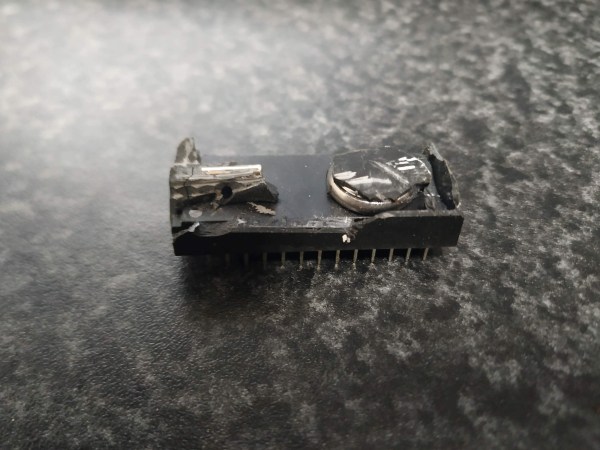The Geochron World Time Indicator is a clock that doubles as a live map of where the sun is shining on the Earth. Back in its day, it was a cult piece that some have dubbed the “Rolex on the wall.” Wired’s recent coverage of the clock reminded us of just how cool it is on the inside. And to dig in, we like [Attoparsec]’s restoration project on his own mid-1980s Geochron, lovingly fixing up a clock he picked up online.
[Attoparsec]’s recent restoration shares insights into the clock’s fascinating mechanics. Using a synchronous motor, transparent slides, and a lighted platen, the Geochron works like a glorified slide projector, displaying the analemma—a figure-eight pattern that tracks the sun’s position over the year.
But if you’re looking for a digital version, way back in 2011 we showcased [Justin]’s LED hack of FlorinC’s “Wise Clock”, which ingeniously emulated the Geochron’s day-night pattern using RGB LEDs, swapping out the faceplate for a world map printed on vellum. That’s probably a much more reasonable way to go these days. Why haven’t we seen more remakes of these?













